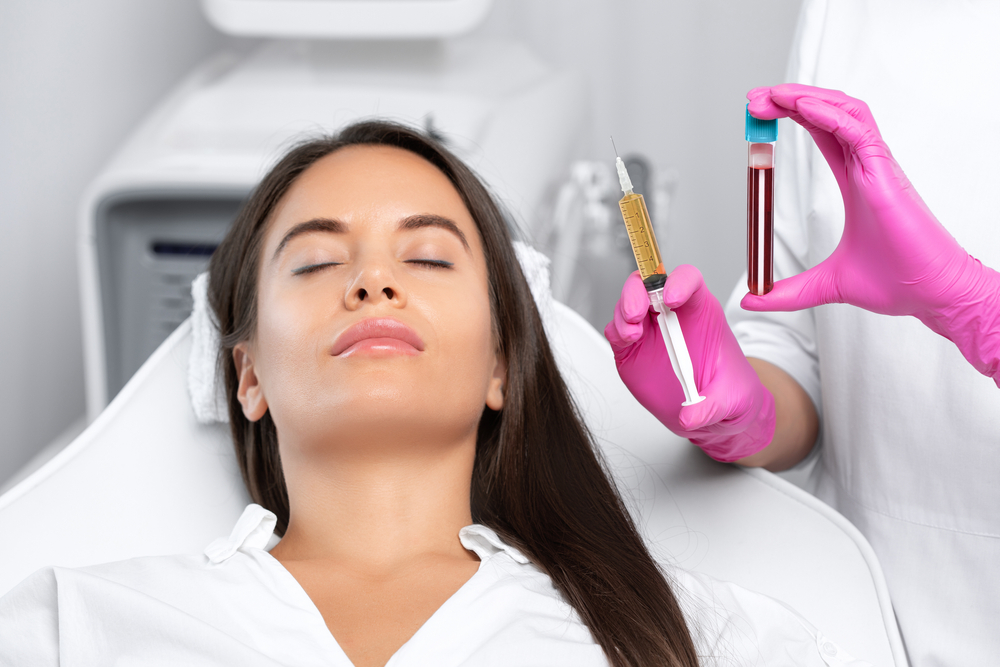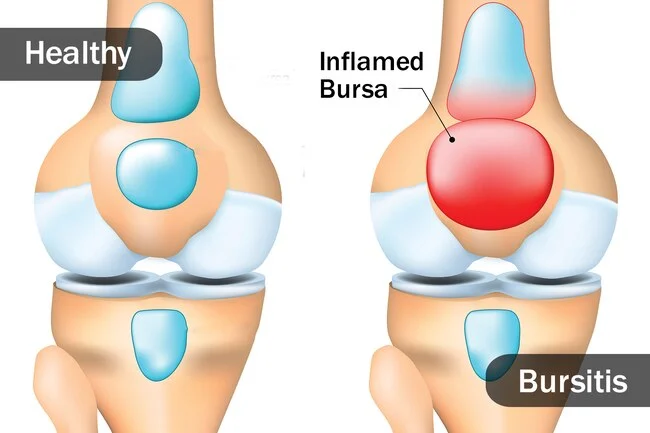Stem cell injections are a new area of medicine, but even being recent doesn’t change the fact that it’s making waves in the medical world. With it, you can harness the body’s natural healing potential by simply injecting stem cells where they are needed most.
Stem cells are self-replicated, but more importantly they can become any type other type of cell. This means stem cell therapy can be used to help those with partial rotator cuff tears all the way to blood cancer or bone marrow disease.
Stem cells are a natural part of the body, as well. They are found in embryos all the way to fully formed adults. What they are and how they work can be better understood in our what are stem cells guide, but for now, just know that they are a potential new avenue for those seeking relief from chronic pain, several degenerative diseases, and, yes, injuries.
In comparison to other treatments, stem cell therapy is also fairly non-invasive. This means that you don’t need anesthesia or to “go under” in order to receive the treatment. Since you will be awake during your session, it’s only natural to wonder does stem cell therapy hurt, and if it does, how much? To help you out, we’ve put together this guide so you can go into your treatment with full confidence.
Does Stem Cell Therapy Hurt?
First up, the answer is not straightforward. This is because there are several factors that will determine if stem cell therapy “hurts” or not. This includes where you get the stem cells (some are taken from your own blood cells or another part of the body, like your bone marrow), the type of procedure, and, of course, your own pain tolerance.
For example, those who are getting stem cell treatments to cover a chronic pain issue may not experience any pain from the treatment itself because their pain tolerance is much higher. Those dealing with a fresh injury, however, may notice some discomfort.
What Causes Potential Discomfort During the Procedure
To help you understand how and if the treatment will hurt or not, you need to first learn more about stem cells and injections.
What are stem cells?
So, what are stem cells? Stem cells are a type of cell that can transform into any other type of cell. This means they have the potential to help the body regenerate in ways that traditional healing cannot handle.
Now, whether it hurts to get these stem cells depends entirely on the type of treatment. For example, most FDA approved treatments have adult stem cells taken from your body, and then processed and reprogrammed into their embryonic state. This is similar to Platelet-Rich Plasma PRP treatment. In Platelet-Rich Plasma PRP treatments your blood is taken, put into a centrifugal device so that the plasma is separated from the rest of the components in your blood, and then the plasma is injected into the injured area.
Just like that PRP treatment, extracting adult stem cells can also hurt, because it requires cells to be removed from your body. In most cases, this just means getting a blood via phlebotomy, otherwise known as getting a blood test.
Potential Pain or Discomfort from Stem Cell Extraction
When it comes to sourcing the stem cells, there are a few options. Each method feels different, resulting in various levels of pain or discomfort.
Bone Marrow Extraction
Bone marrow is commonly extracted for stem cell therapy, particularly from the hip bone. Don’t worry, however, as the bone marrow transplant is made to be as painless as possible, thanks to the local anesthesia. This works to numb the area to minimize pain during the extraction process. That being said, you may feel a pinprick, as well as pressure or a dull ache.
Fat Tissue Extraction
This method is also done under local anesthesia, so once again, you may feel a pinprick and pressure during the procedure. You are also more likely to notice soreness or swelling around the extraction site for a few days after.
Blood Collection
Blood collection is done under no anesthesia. You will feel a prick and some pressure, but there is usually no pain.
Umbilical Cord Collection
Stem cells are extracted from the umbilical cord after birth from donated samples. There is no pain or injury caused to either mother or child involved, as this collection only occurs after childbirth. This type of stem cells is considered to be the most effective for treatment, thanks to their anti-inflammatory and rejuvenation properties. To further improve treatment success, Bioxcellerator even screens donated stem cells to ensure only the highest quality ones are used in treatment.
Potential Pain or Discomfort from Stem Cell Injections
To understand what kind of pain or discomfort you may experience, you need to first know what are stem cell injections and where they are used. The good news is that stem cell injections are very straightforward. For most, stem cells are administered via an IV and don’t hurt at all. In orders, you may need direct injections. In this procedure, one type of stem cells is injected directly into the area that needs it, like your partial rotator cuff tears, and so on, depending on the issue at hand.
How much it hurts depends on the location of the injection, which destinations deeper in the body causing more pain than those closer to the surface. If the injection is in or near your spine, however, then sedation or a local anesthetic may be used. Your personal level of pain tolerance will also change how much the procedure hurts.
Do note that more painful injection sites will likely be numbed with a local anesthetic, so you may only experience aches and soreness after the treatment.
Where to Get Stem Cell Therapy
Now that you know that any pain associated with stem cell therapy is set to be mild at most, you may be ready to make the next step and book a consultation. This consultation will help you understand if this treatment is right for you, as well as the stem cell therapy cost and how you can even spread out payments.
To get started, have a look at the locations we cover, and get in touch with your closest center. We’ll book you in for a consultation where you can learn all about how stem cell therapy can potentially help your specific condition.


